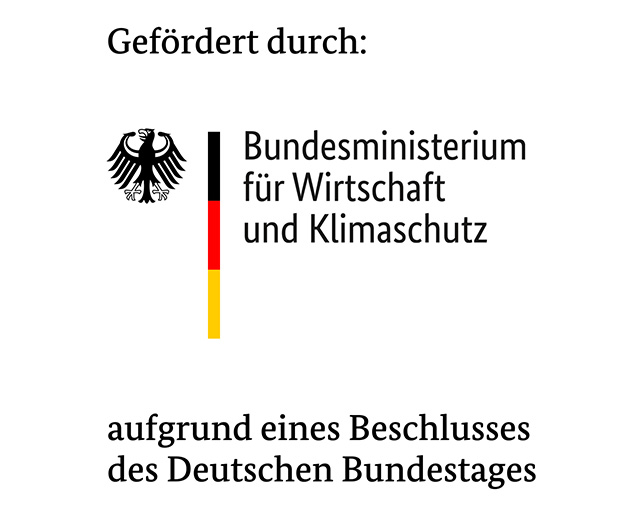
Structured CVD diamond micro-grinding pencils


Challenge
CVD diamond abrasive coatings are ideally suited for grinding operations due to their high wear resistance and the large number of micro cutting edges. However, the small chip spaces have so far proved to be weak points in application. The aim of the project was the development of application-ready CVD diamond micro-grinding pencils by means of additional chip flutes, amongst other things.
Solution
Two concepts for the insertion of flutes were developed and investigated. One was to introduce structures into the already finished diamond layer by using a Nd:YAG solid-state laser after diamond coating. This process allows the insertion of almost any structure and works even with grinding-pencil diameters of 0.2 mm and below. The second approach was to structure the carbide base body by grinding in spiral grooves, for example, and then applying the CVD diamond layer.
Added value
The novel structured CVD diamond grinding pencils have been successfully used for machining quartz glass, zirconia ceramics and 100Cr6 rolling bearing steel. Compared to electroplated diamond grinding pencils with grit size D15, the roughness of the machined surfaces was significantly improved in each case. The wear on the structured CVD diamond tools was also very low.
